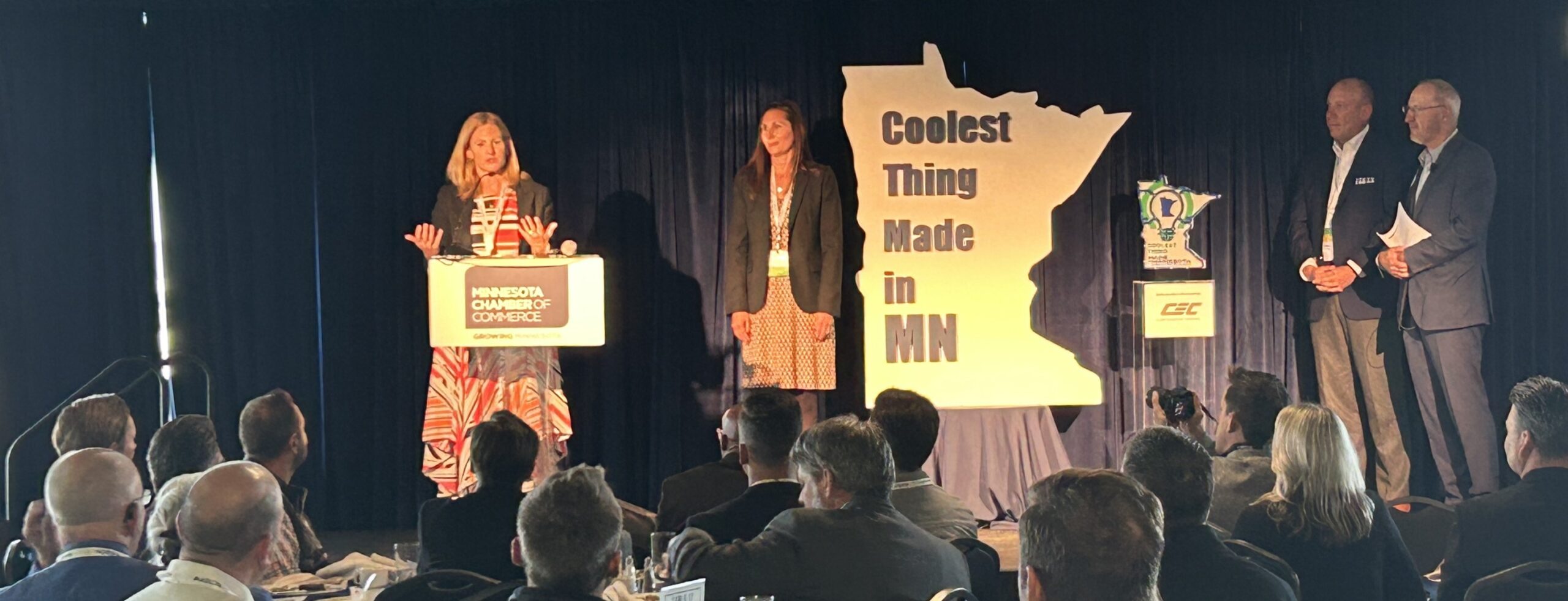The current healthcare structure and culture can limit healthcare professionals’ interpersonal communication. While modern healthcare organizations are touted as being knowledge intensive, research is showing that bureaucratic, hierarchical and intra-professional barriers still exist when it comes to facilitating knowledge sharing.
Why should healthcare companies care?
Because gaps in communication can impact the adoption speed of new products or practices.
To overcome this barrier, some healthcare professionals have turned to virtual communities to seek out and share new information, along with network across healthcare disciplines. These web-based groups – such as discussion forums, Listservs, blogs and social media sites – can foster a community where healthcare professionals share knowledge on clinically relevant information about new equipment, research findings or practices.
“How Health Care Professionals Use Social Media to Create Virtual Communities: An Integrative Review” published by the Journal of Medical Internet, provides an inside view on how to better understand the vital role these communities can play for healthcare professionals. Let’s take a deeper look at the findings and how they can apply to B2B PR.
Study background
For the purposes of this study, a web-based (virtual) community is defined as “a group of people who share a strong common interest, form relationships and interact online.” The study evaluated literature from 72 studies conducted from 1990 to 2015 to evaluate how and why healthcare professionals use social media. Here are a couple more of the study’s parameters to know:
- The social media sites included were Listservs, Twitter, general social media, discussion forums, web, virtual community of practice, wiki, and Facebook.
- Healthcare practitioners studied included physicians, nurses, allied health professionals, healthcare professionals in general, a multidisciplinary clinical specialty area, and midwives.
The findings
The full study is rather exhaustive so we’ve broken down three key findings here.
1) The success of virtual communities is contingent upon members joining and participating. However, active participation and posting was found to be done by a minority of the participants, whereas “non-posting” or “lurking” behavior was more common.
Takeaway: Even if healthcare professionals are not actively sharing information, many are looking to third-parties to provide the latest on new products and procedures so that they can gain confidence before implementing them. While healthcare companies may not be able to participate in virtual communities, take advantage of your audience’s peers (e.g. key opinion leaders) and case studies. Making this content available will help build confidence among other healthcare practitioners in applying similar practices at their facility.
2) Healthcare professionals prefer specialty-specific closed communities. Sharing and adoption was higher within these groups.
Takeaway: Healthcare professionals want to receive content that is relevant to them, making tailored content a key component of success. If you can’t disseminate your company’s information through a virtual community, consider using LinkedIn sponsored content and craft specific content for the audience you are trying to reach.
3) The most common activity across web-based communities was a request for or sharing of specialty-specific clinical information.
Takeaway: Although they can be costly and time consuming, don’t underestimate the power of a study. Having clinical information is key to building trust and confidence in your product or service. And when conducting a study isn’t possible, use case studies to share real-world data.
Final conclusions
Knowing how and where your customers get their information is important. While evidence shows that virtual communities play a role in helping healthcare professionals share and gather relevant clinical information, further research is needed on how this translates to implementation and patient safety. Additionally, the current research is limited to older digital platforms, and it would be interesting to see how social sites such as LinkedIn are now playing a role. So, while they are not the end-all be-all, the findings offer healthcare companies insights into how to provide the right information at the right time, and through the right platforms, to their target audiences.



